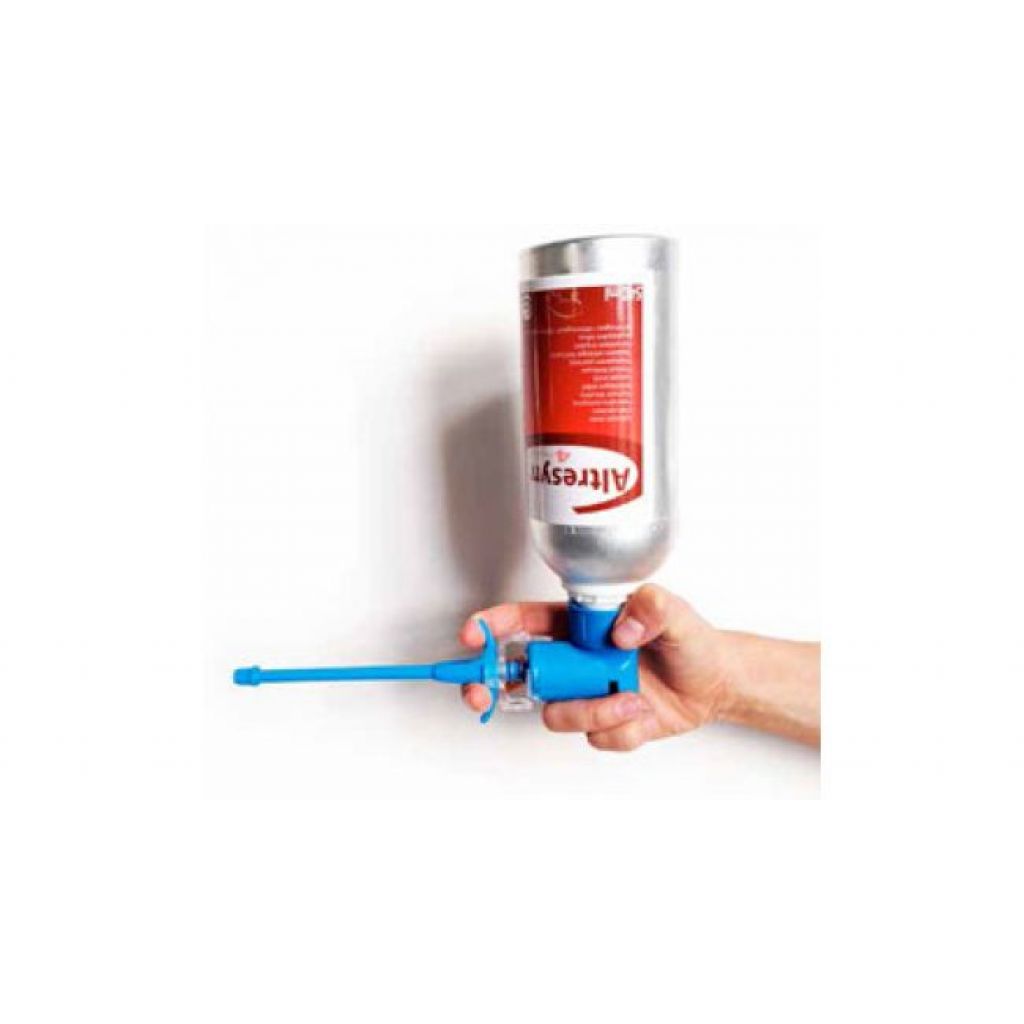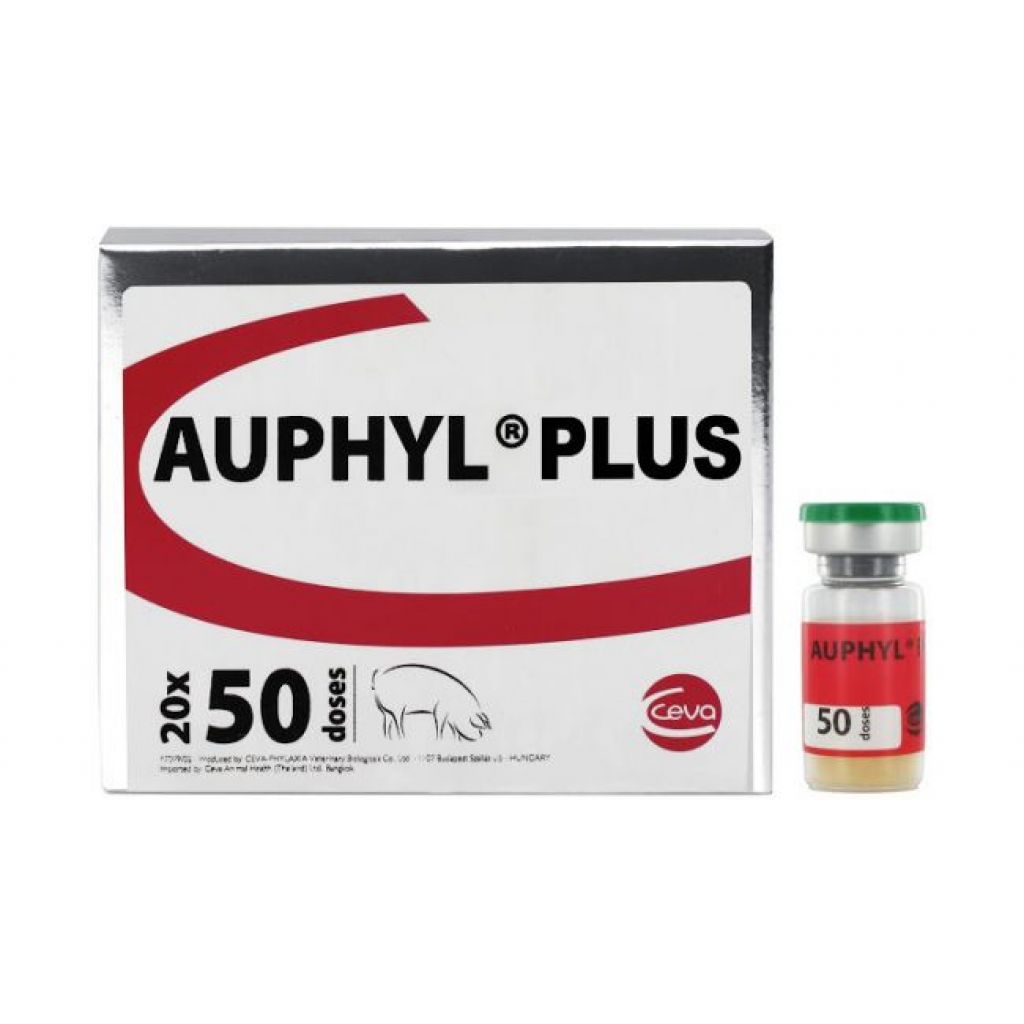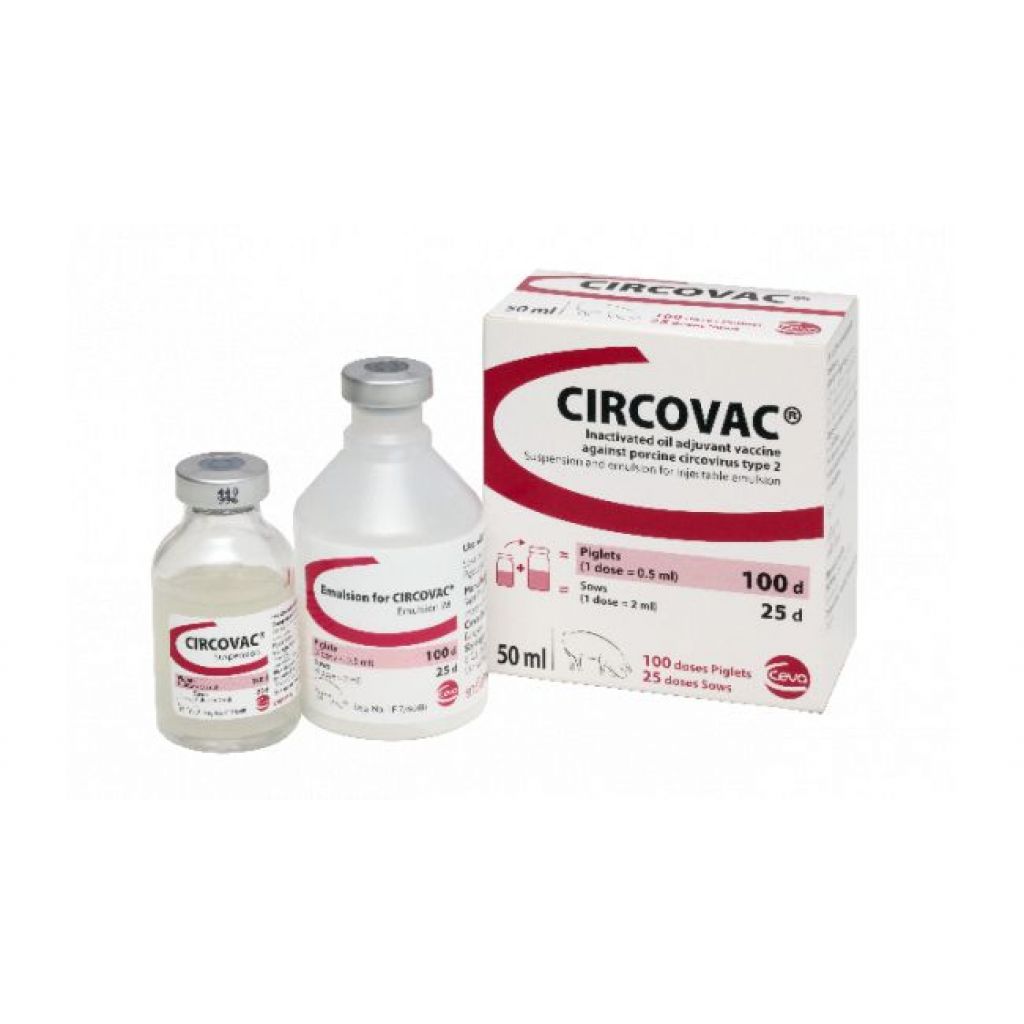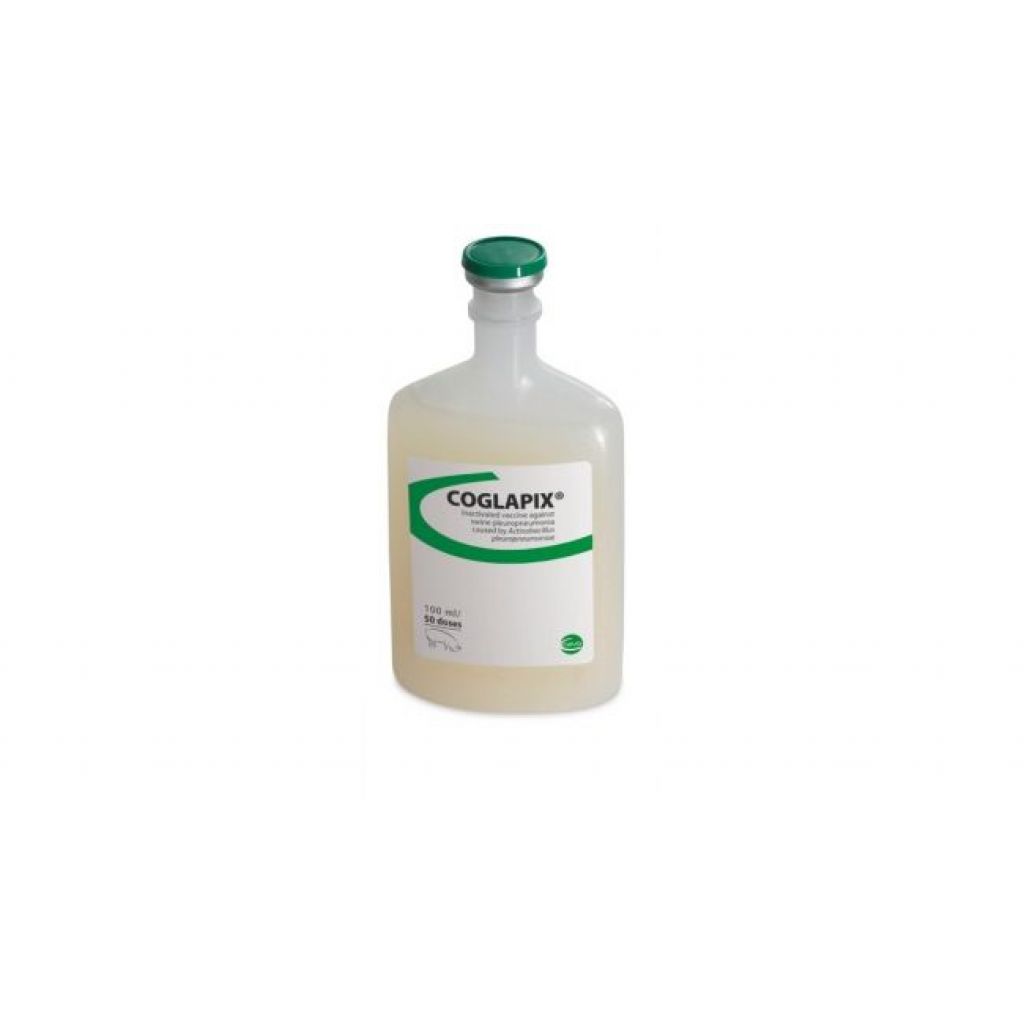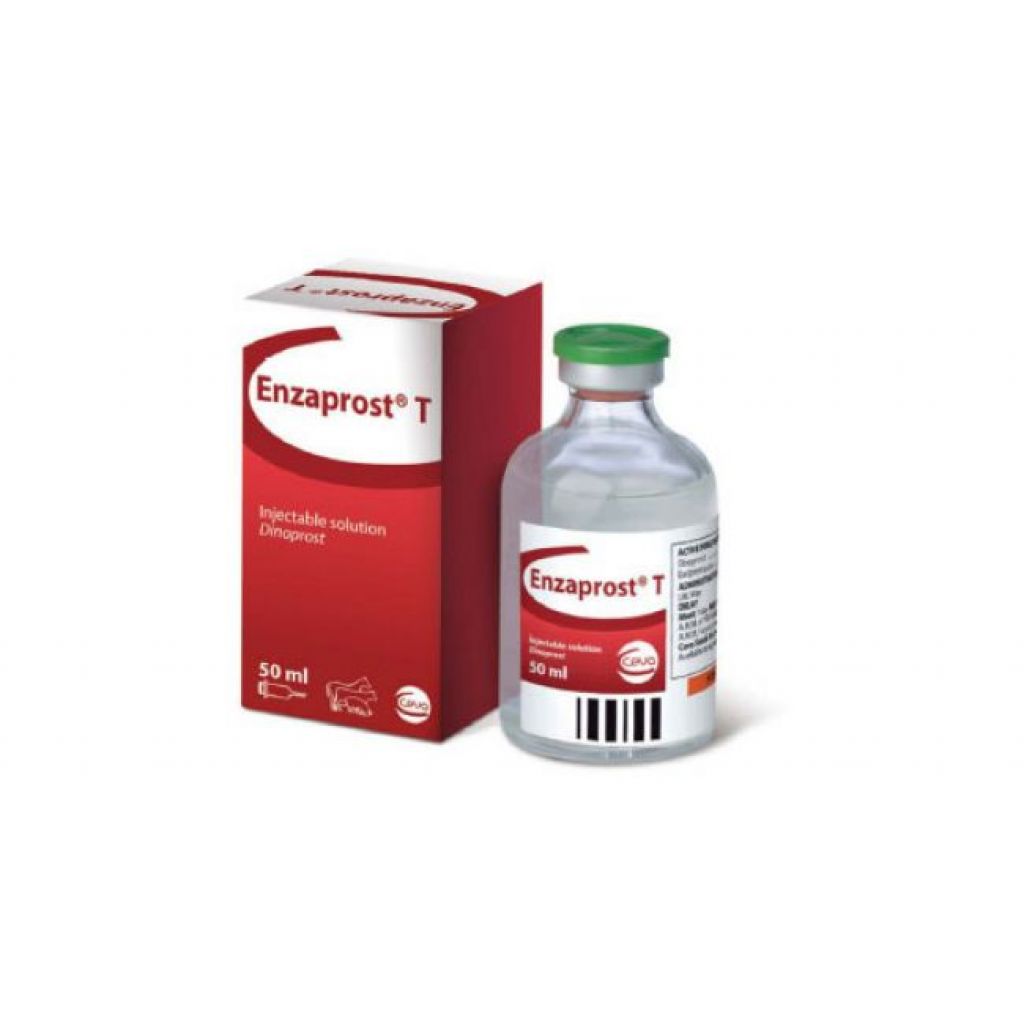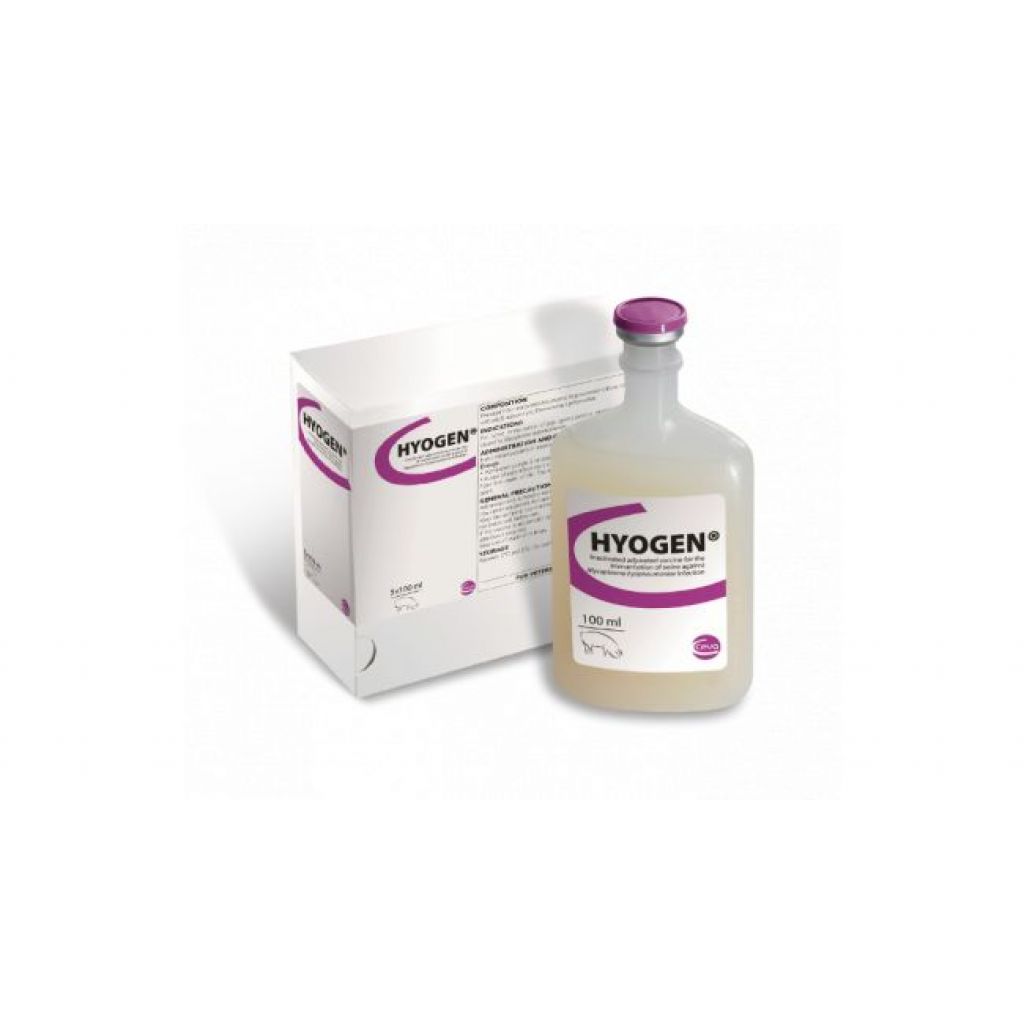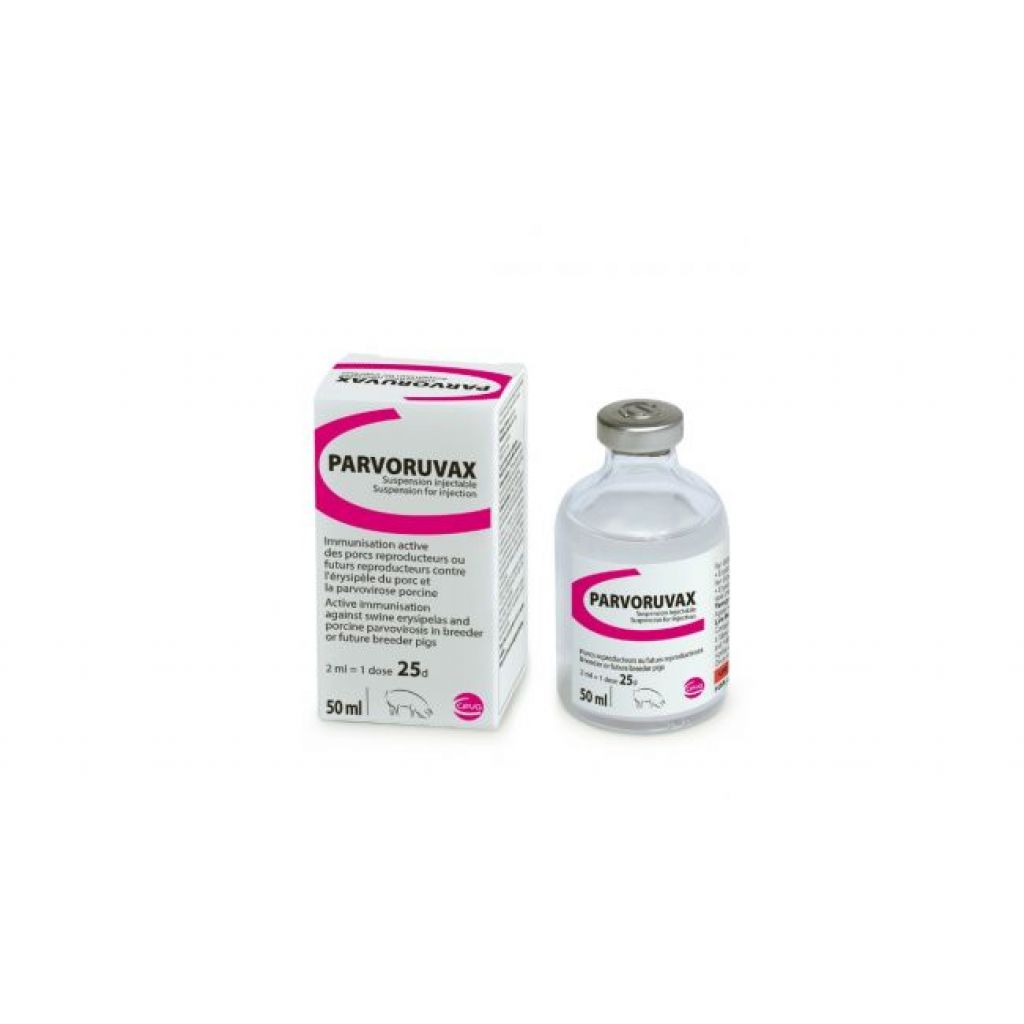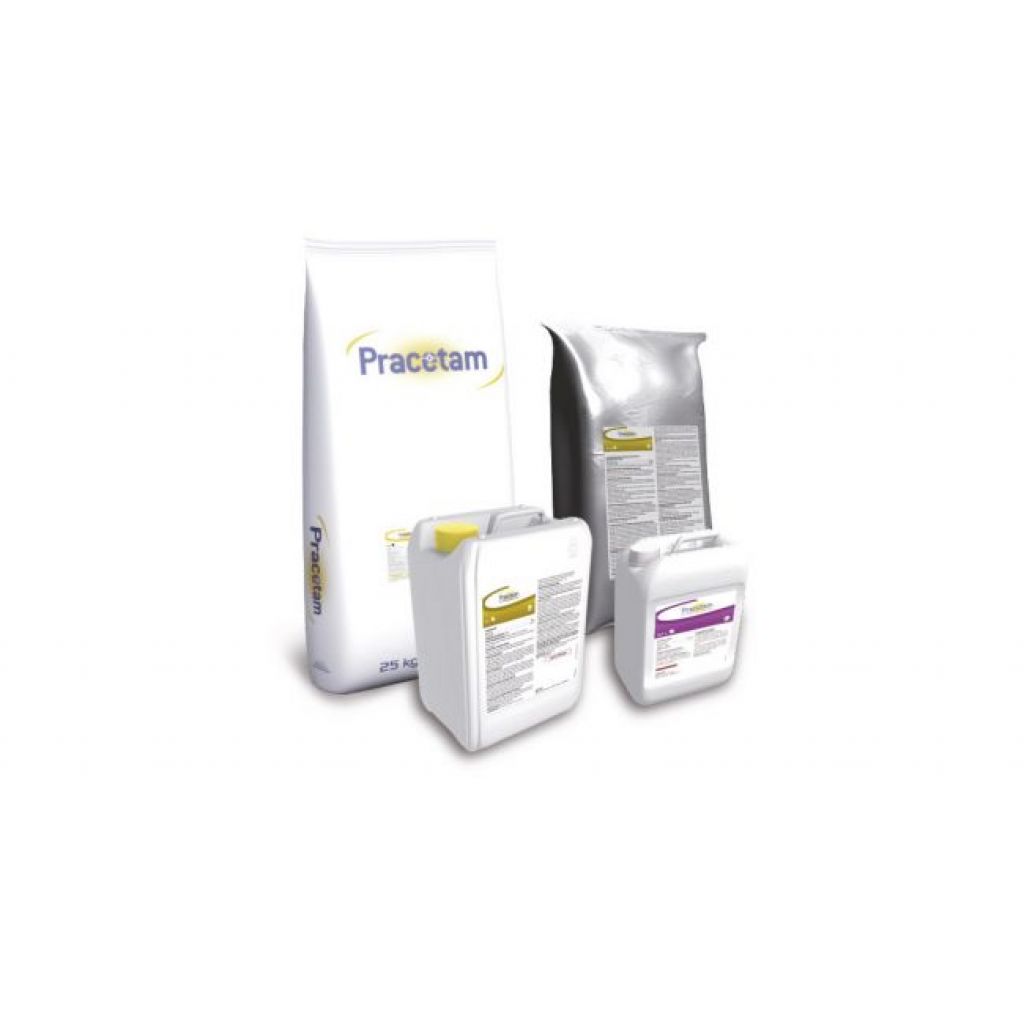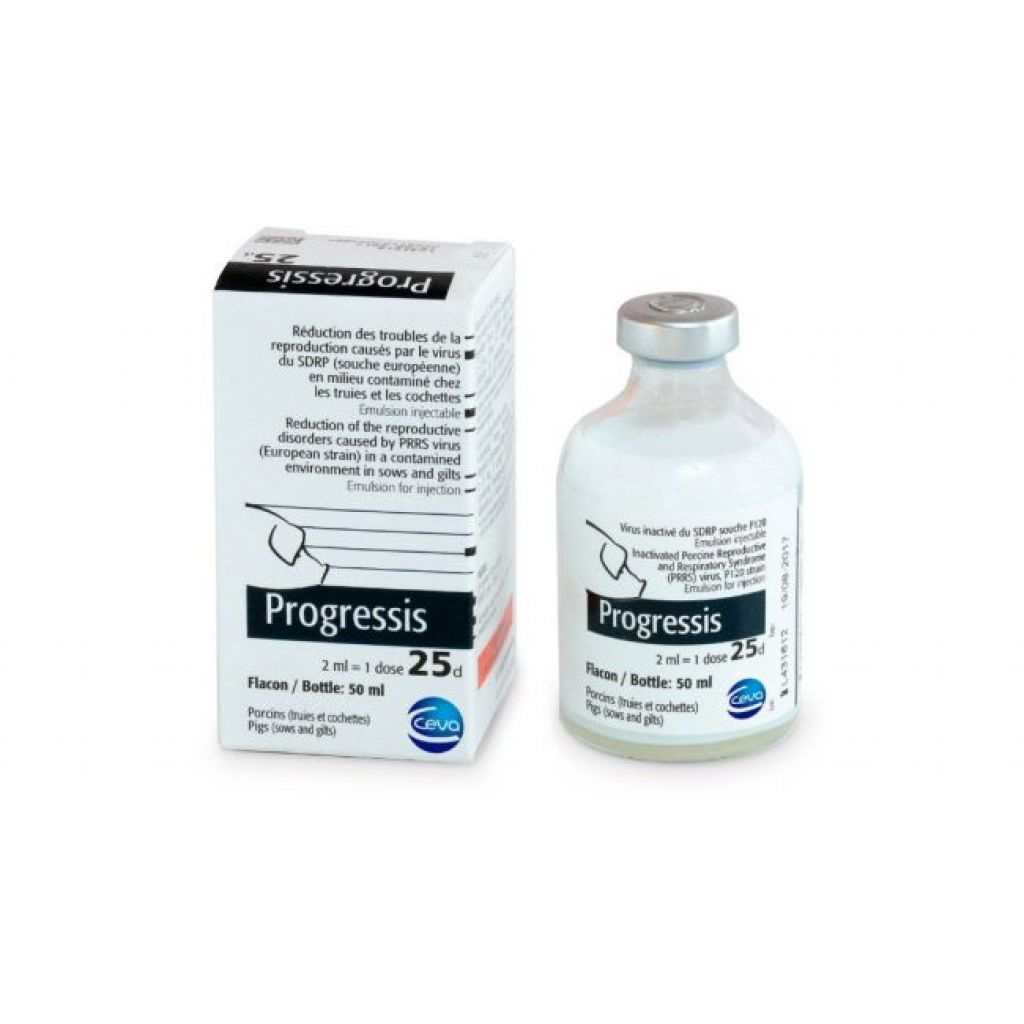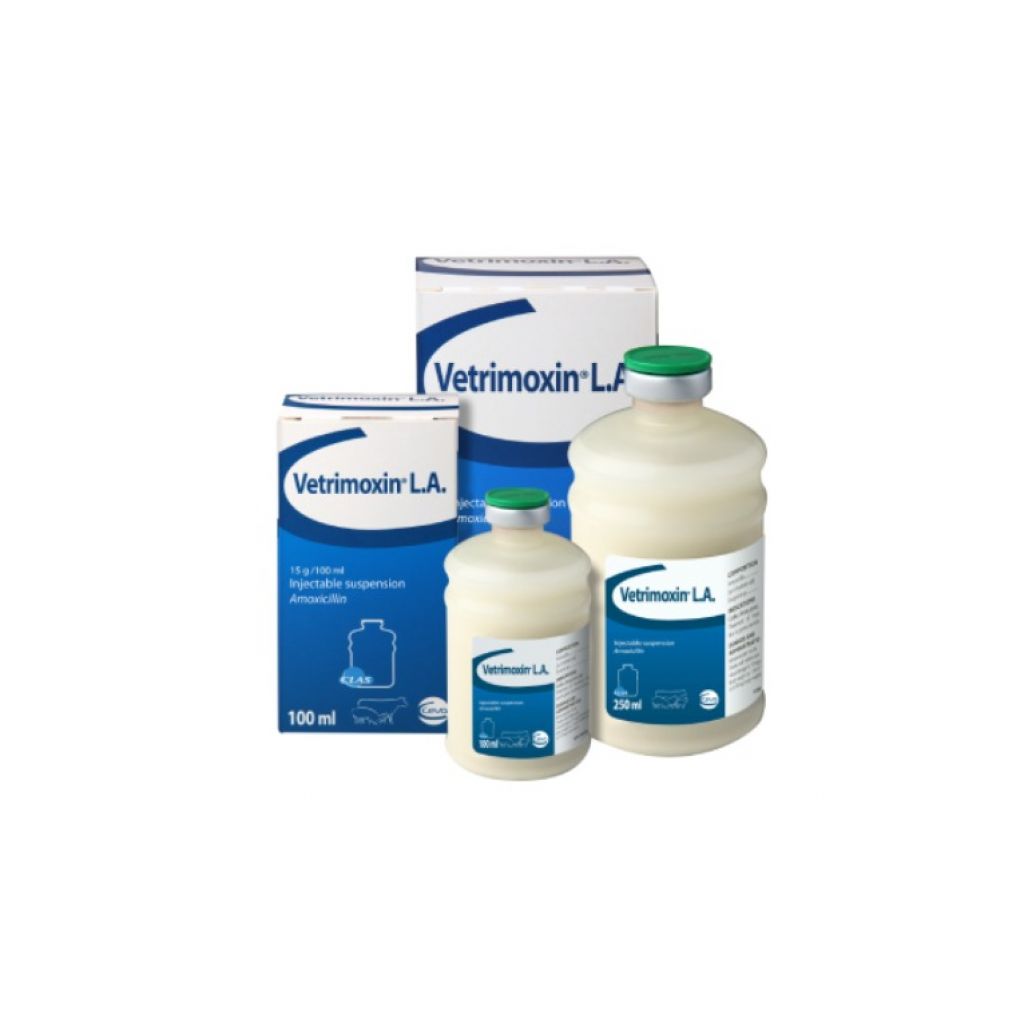High Quality Piglets (1/3)

Luis SANJOAQUIN
Within the increase in mortality, and due to the unstoppable increase in the number of total births per litter as a consequence of the enormous genetic advances produced in this value in recent years, we are faced with the need to work as efficiently as possible in different aspects with the objective and requirement of obtaining the highest possible quantity and quality of piglets.
We always talk about quantity as a reference value, but we rarely talk about quality, this being a key and fundamental aspect in the development of piglets from weaning to the following phases of development (transition- nursery and fattening period). A high quality piglet (in age and weight) will reduce both mortality percentages (which is essential) and the use of antibiotics and treatments used on piglets, increasing the well-being of piglets in the following phase. The aim of this article is to highlight the key aspects in achieving this objective; some will be mentioned very briefly and other factors will be explained in greater depth. However, all of them are of great importance, since in few cases the solutions are produced by correcting a single factor and in most cases it is a sum of small improvements make the greatest progress.
1. HEALTH STATUS OF THE HERD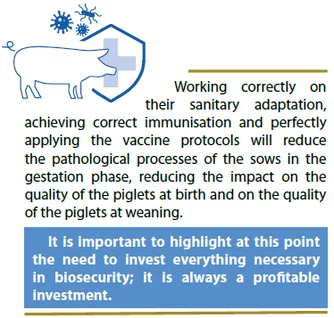
Keeping our farm as stable as possible against the different agents presented is essential to obtain the highest quality in our weaned piglets. It may seem far away, but everything that affects our gestating sows can affect the quality and weight of the piglets at farrowing, which is closely related to their quality at weaning. Therefore, (and even further away), a perfect sanitary adaptation to pathogens that may affect our sows is essential, since any unfavourable situation from the moment of mating until farrowing can affect the weight and quality of the piglets considerably.
2. SOW MORTALITY
We are talking about the quality of the piglets at weaning and for me this is a key point. A higher percentage of replacement sows (younger sows brought in to maintain the mating objective and not lose numbers due to higher mortality) often implies a worse sanitary adaptation and the processes that can affect the quality of the piglet at birth/weaning.
In turn, a higher percentage of these sows equates to a lower weight at birth (100 grams less on average) compared to multiparous sows at birth (Thinkinpig 2015 unpublished data) together with lower colostrum production (Devillers et al 2007) although not a lower concentration of immunoglobulins based on different studies (Quesnel 2011). This in turn means that piglets are less protected against the health challenges of the different stages. This data will be explained in more depth later.
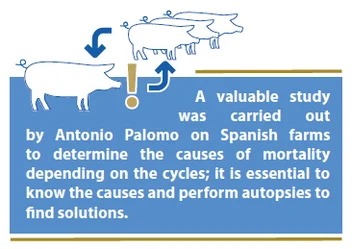
Studies carried out in other European countries or on other continents use different causes of mortality, so the approach is different.
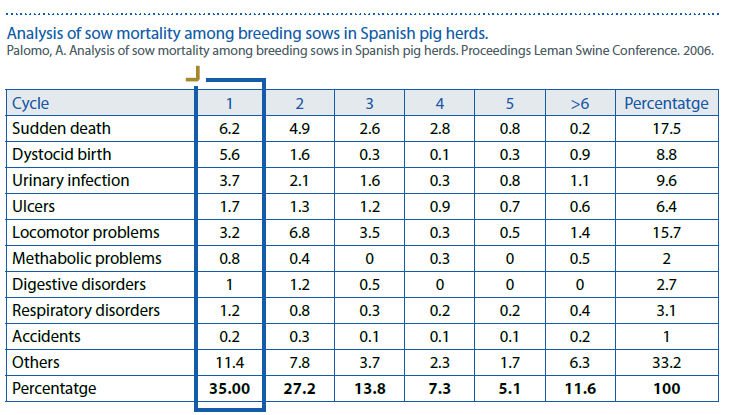
3. HYGIENE, CLEANING AND DISINFECTION OF THE FACILITIES
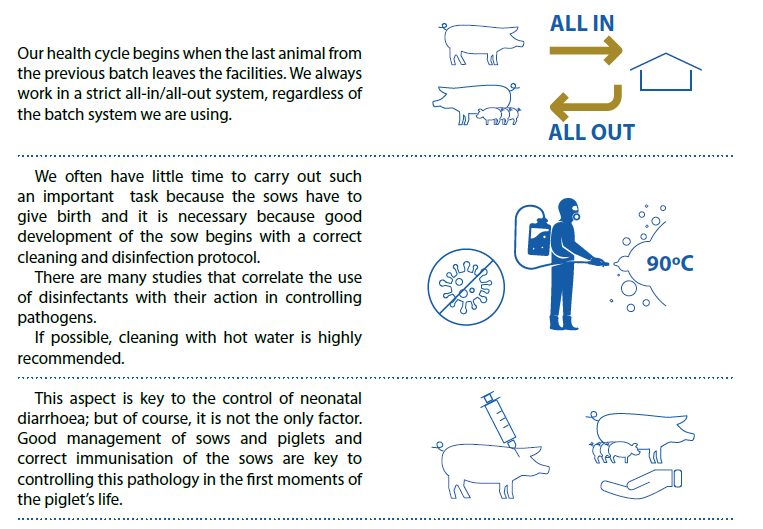
4. PERIPARTUM SOW FEEDING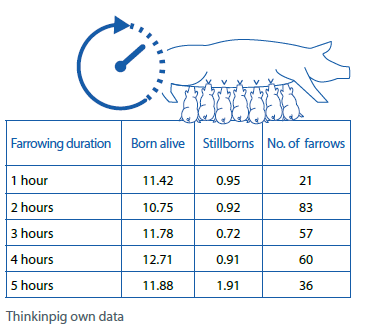
It is a very short period but vital for the sow; especially for hyper-prolific sows where the requirements in the final days of gestation and first days of lactation are very high.
The contribution of nutrients is necessary for foetal development, mammary development, sow maintenance and colostrum production. Once farrowing has taken place, nutrients are required for the maintenance of the sow and milk production; regression of the uterus also requires significant amounts of amino acids in the blood. Working correctly during this important period is necessary for the good development of the sow and piglets during the lactation phase. Remember that the sow takes care of the piglets and we have to take care of the sows. Recent studies show that feed intake in a period of less than three hours after onset of parturition and six hours after the end of parturition significantly reduces the percentage of stillbirths. Feed consumption favours contractions and significantly reduces labour time, which is related to the percentage of stillborns, since the longer the duration of labour, the greater the number of stillborns. A study by Thinkinpig 2016 (unpublished data) shows that sows that farrow for longer than five hours had twice as many stillborns as sows that farrowed in a shorter time.
5. BIRTH CARE
Once farrowing begins, we must be aware of the sow’s contractions and the rate of expulsion of the piglets.
We are all aware that the probability of stillbirth is greater in the final piglets and that is why monitoring and paying special attention to the last piglets is crucial to significantly reduce the percentage of stillborns. Furthermore, the risk of hypoxia is greater in piglets delivered later and this implies a lower consumption of colostrum by the less vital piglets.
This is why the response times on the sow based on the last piglet observed are reduced as farrowing progresses (own work experience). There are different strategies to reduce stillbirths, from the behaviour of the sow and stress, its body condition, through to nutritional issues (feed and water), the use of hormones for its synchronisation and the reduction of its duration where needed.
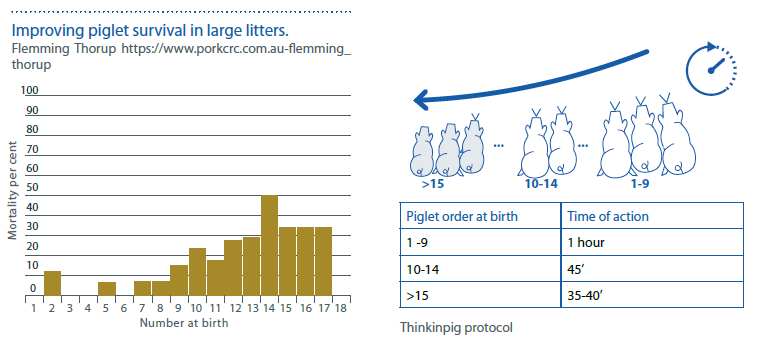
6. QUALITY OF THE PIGLET AT BIRTH
Enormous genetic advances in hyperprolificity in recent years have led to an increase in litter size. These advances have meant a greater number of piglets, which in turn implies a higher percentage of piglets weighing less than 1 kilo and a higher percentage of mortality in the lactation phase.
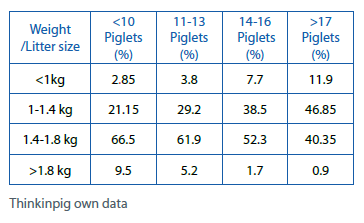
It is necessary to focus attention on these low weight piglets to reduce mortality in the first days post-partum.
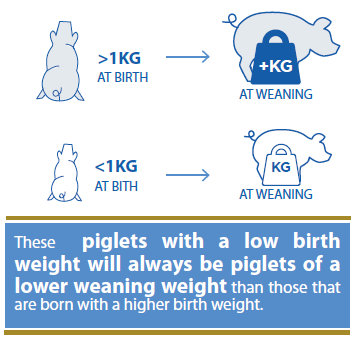
Stay tuned for Part 2 of the High Quality Piglets series. It will be released shortly.
Click here to discover CEVA products!
Contact :
Contactez-nous en utilisant le formulaire suivant.



